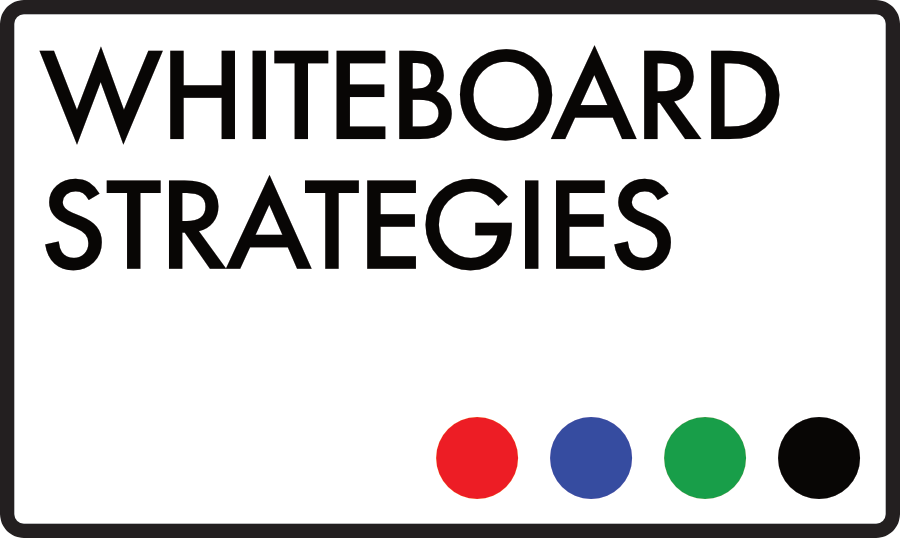Differentiation is hard. That’s why there’s a lot of frustration about it in sales—VPs, execs and managers, all pulling their hair out because their teams are struggling to grab the right attention and communicate their value properly. The same questions are being asked in sales departments worldwide— “how can we distinguish ourselves from the competition?”, “how can we create a new storyline?”, and “how can we break through the noise?”
And it is noisy out there. More competition than ever for every deal, and a lot of that competition making a lot of the same noises. Buyers are getting the full force of that. Calls, emails, direct messages through social platforms and more—all day every day. That has a few implications for sales. It means that cold calling (or emailing unqualified or un-introduced leads) is probably more useless than ever. Your people might get lucky, but lucky won’t happen often enough to hit numbers. It means that they need to find new routes into key accounts, and that differentiation is no longer just the icing on the cake of a decent pitch—it needs to be absolutely foundational to the way that your people approach prospects.
Here’s the real kicker though—everyone is trying to differentiate themselves. EVERYONE. And guess what? They’re all coming to the same conclusions as you are about how to feed that into engagement and sales strategies. They’re all pitching value rather than product. They’re all moving away from generic, head-down pitches and working with enablement teams to improve pitch tailoring and interaction with audiences. They’re all talking about owning their own data centres, all using impressive-sounding case studies to establish their credentials.
Enablement and leadership teams are so unimaginative in how they train differentiation that differentiation itself has become homogenised, boring, a new way of talking about the same old things. If everyone’s doing it then it ain’t differentiation.
That’s why changing what your people pitch just isn’t enough. You need to change how your people pitch.
If the ideas or the products are good, then it isn’t the messaging that needs changing—just how it is delivered, how their value is communicated. The same message, but delivered via a robust, usable, consistent presentation tool by a presenter who is confident, assured and compelling. Clarity and confidence can be real differentiators in themselves—trust me, a lot of salespeople still can’t pitch the basics with any confidence.
You need a new platform for message delivery, a new structure to presentation narratives, a new way of training and delivering compelling information. You need the information in that presentation to persuade and to stick, for presenters and audiences. You need a whiteboard strategy.
Communicating ideas visually taps into the oldest, fastest and most fundamental parts of the human brain. We evolved to understand the world visually, and 90% of the information we transmit to the brain is still visual. Used properly, visual aids can help aid understanding by up to 400%. People remember 8x more of what they see than what they hear.
Whiteboard strategies work. We’ve seen it in our work with some of the world’s best, most progressive, and highest grossing sales organisations. We’d love to talk to you about we can help you harness the true power of differentiation. Get in touch now, let’s talk.
Follow Whiteboard Strategies or connect with Mark on LinkedIn, or sign up to The Edwards Update now for monthly insight, delivered straight to your inbox.
– Tom @WSL

Recent Comments